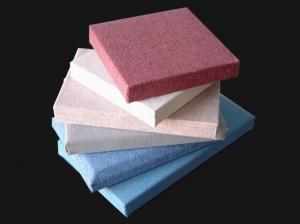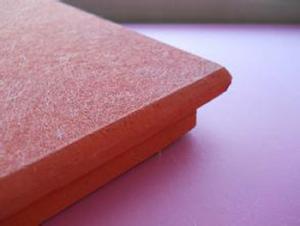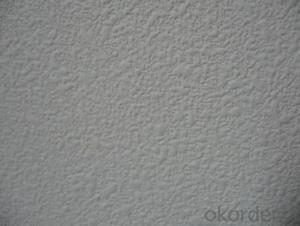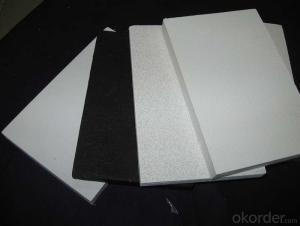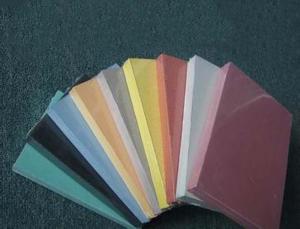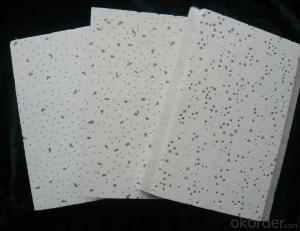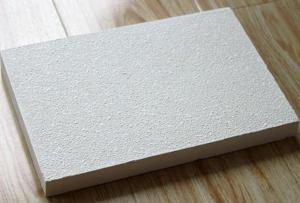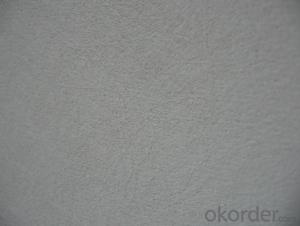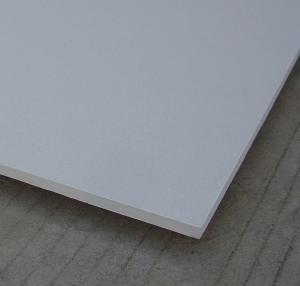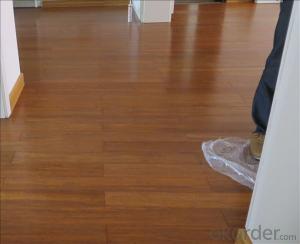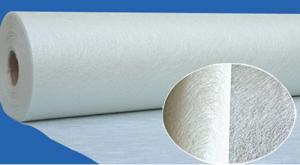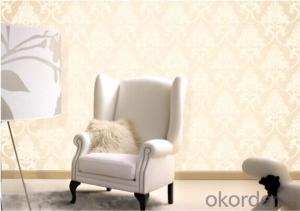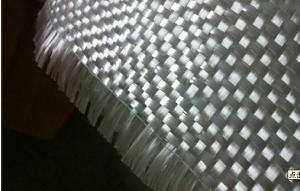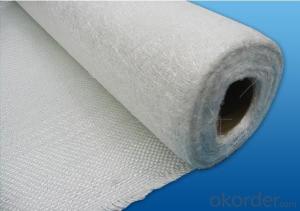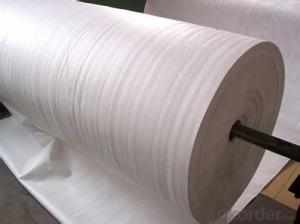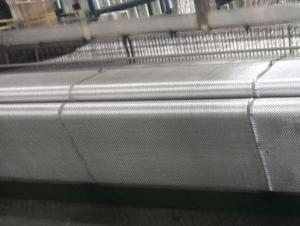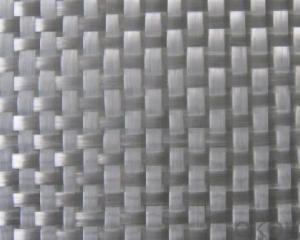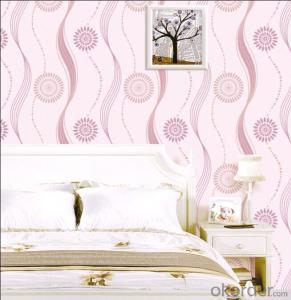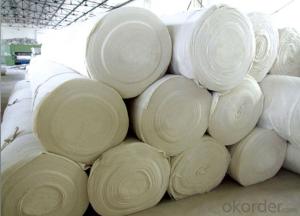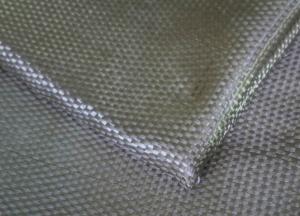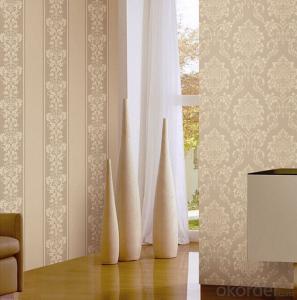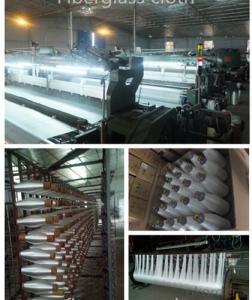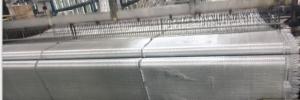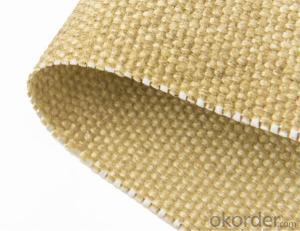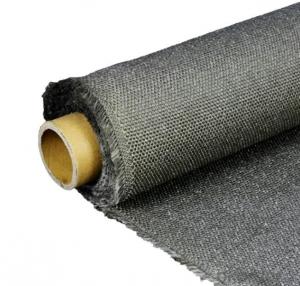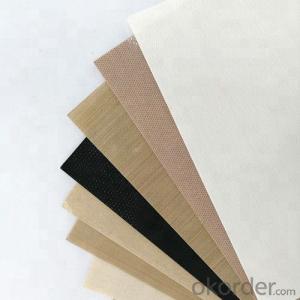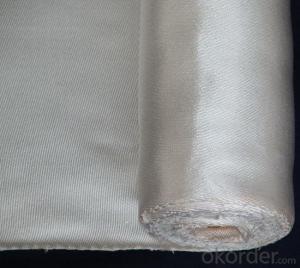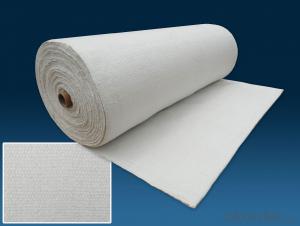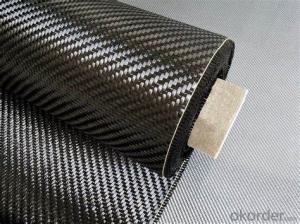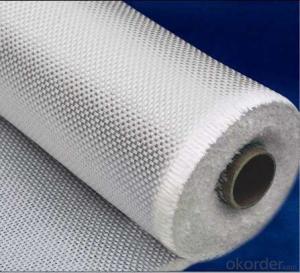Fiberglass Woven
Fiberglass Woven Related Searches
Led Light Bulbs For Ceiling Fixtures Decorative Ceiling Plate For Light Fixture Ceiling Plate For Hanging Light Fiberglass Sheets For Roofing Track Lights For Kitchen Ceiling Lights For Kitchen Ceiling Lights For Fall Ceiling Spotlight For Ceiling 5 Blade Ceiling Fan With Light 12X12 Ceiling Tiles With HolesHot Searches
Fiberglass Scaffolding For Sale Plastic Roof Tiles For Sale Fiberglass Panels For Sale Fiberglass Greenhouses For Sale Cost Of Concrete Tile Roof Roof Insulation Price Artificial Slate Roof Tiles Price Ceiling Fan Lowest Price Tesla Solar Roof Inverter Types Of Flat Roof Coverings Stone Wall Tiles Cost Company Office Design Ceramic Roof Tiles Cost Metal Roof Tiles Prices Cement Roof Tile Manufacturers Clay Roof Tile Manufacturers Synthetic Roof Tiles Cost Roof Clay Tiles Prices Interlocking Roof Tiles Prices 30 Year Roof Shingles PricesFiberglass Woven Supplier & Manufacturer from China
Okorder.com is a professional Fiberglass Woven supplier & manufacturer, offers integrated one-stop services including real-time quoting and online cargo tracking. We are funded by CNBM Group, a Fortune 500 enterprise and the largest Fiberglass Woven firm in China.Hot Products
FAQ
- There are several dyeing options available for fiberglass fabric, each with its own advantages and considerations. 1. Pigment dyeing: Pigment dyeing involves adding pigments to the fabric, which bond with the fibers to create color. This method offers a wide range of color options and is relatively easy to use. However, it may not achieve deep or uniform color penetration, and the color may fade over time due to exposure to sunlight and other environmental factors. 2. Solution dyeing: In solution dyeing, the color is added to the liquid before it is turned into fibers. This results in a more permanent and fade-resistant color as the dye is integrated throughout the entire fabric. However, it limits the color options available as the dye must be added during the manufacturing process. 3. Disperse dyeing: Disperse dyeing is commonly used for synthetic fibers like fiberglass. It involves dispersing the dye in a carrier liquid and then applying it to the fabric through various methods such as immersion, padding, or spraying. Disperse dyeing offers good color fastness and can achieve vibrant and uniform colors. However, it requires high temperatures and pressure to ensure proper dye penetration. 4. Sublimation dyeing: Sublimation dyeing is a heat transfer process where the dye is converted from a solid to a gas and then back to a solid on the fabric. This allows the dye to bond directly with the fibers, resulting in vibrant and long-lasting colors. Sublimation dyeing offers excellent color fastness and the ability to achieve intricate patterns and designs. However, it requires specialized equipment and is typically more suitable for large-scale production. It is important to note that the dyeing options available may vary depending on the specific type and composition of the fiberglass fabric. Additionally, the choice of dyeing method should consider factors such as the desired color, durability, and application requirements.
- Yes, fiberglass fabrics can be used for reinforcement in concrete structures. Fiberglass fabrics are known for their high tensile strength and corrosion resistance, making them suitable for reinforcing concrete. They can be used as an alternative to traditional steel reinforcement, providing durability and reducing the weight of the structure. Additionally, fiberglass fabrics offer greater flexibility and are easier to handle during construction.
- Anticorrosion floor construction
- Construction technology of anticorrosive floor paint1, ground treatment: according to the ground conditions, good grinding, repair, decontamination, dust removal;2, epoxy primer: use permeability and adhesion exceptionally strong primer, roll coating one, enhance surface adhesion;3, glass fiber laying: glass fiber cloth laying a comprehensive;4, epoxy mortar: two-component epoxy quartz sand is added with the uniform coating of multi-channel trowel;5, epoxy putty: by adding a two-component epoxy putty powder, with the uniform coating of multi-channel trowel;6, heavy anti-corrosion finish: use heavy anti-corrosion finish roll coating two to three road;7, the floor put into use time: 10-24 hours after painting can be on people, 72 hours after the heavy pressure, when the temperature is low, the interval needs to be extended moderately.
- The main properties of fiberglass fabric include high tensile strength, excellent heat resistance, good dimensional stability, and strong chemical resistance. It is also lightweight, durable, and has low thermal conductivity. Additionally, fiberglass fabric is non-flammable and provides good insulation properties.
- There are several different fiberglass fabric weaves that are commonly used for high strength applications, including plain weave, twill weave, satin weave, and leno weave. Plain weave is the most basic and commonly used weave, providing good strength and durability. Twill weave offers a diagonal pattern and increased strength compared to plain weave. Satin weave has a glossy appearance and provides excellent strength and flexibility. Leno weave is specifically designed for high strength applications and offers enhanced stability and resistance to fraying.
- Fiberglass fabric is used in the production of protective gloves as it provides excellent heat resistance and insulation properties. It is often used as a lining material in gloves to protect the wearer from extreme temperatures and potential burns. The fiberglass fabric acts as a barrier, preventing heat transfer and ensuring the safety of the user. Additionally, fiberglass fabric is lightweight and flexible, allowing for comfortable and dexterous glove designs.
- Indeed, wet or humid environments can accommodate the use of fiberglass fabric. Regarded as an incredibly adaptable substance, fiberglass is renowned for its ability to withstand moisture and humidity. It possesses the remarkable quality of not absorbing water, rendering it impervious to the detrimental effects of mold or mildew. Consequently, it becomes an exceptional choice for various purposes such as constructing boats, manufacturing outdoor furniture, and providing insulation in regions prone to excessive moisture. Moreover, fiberglass fabric exhibits resistance to corrosion, thus rendering it suitable for deployment in marine settings or areas characterized by high salt content. On the whole, fiberglass fabric represents a robust and dependable alternative for utilization in wet or humid environments.
- What's the difference between glass fiber tape and fiberglass tape?
- One tape, one is the base material, no adhesive. Fiberglass is glass fiber.
